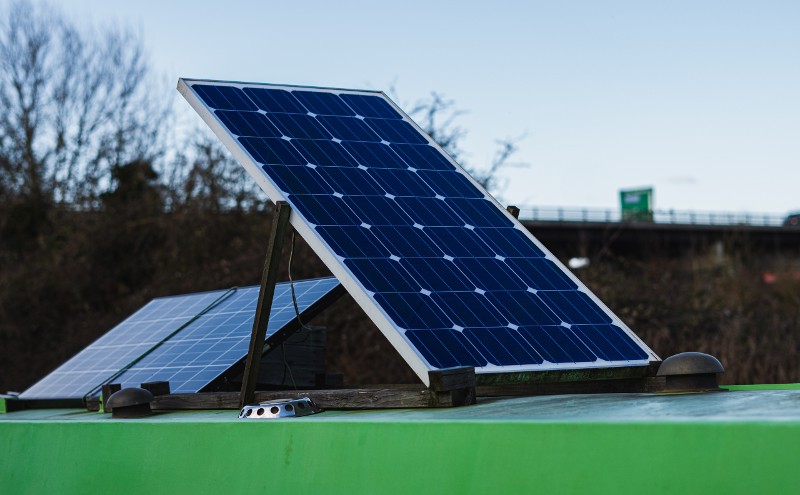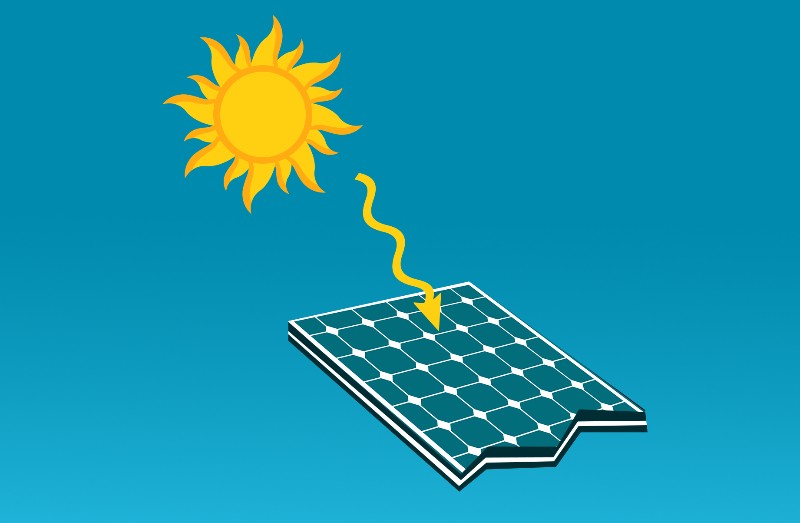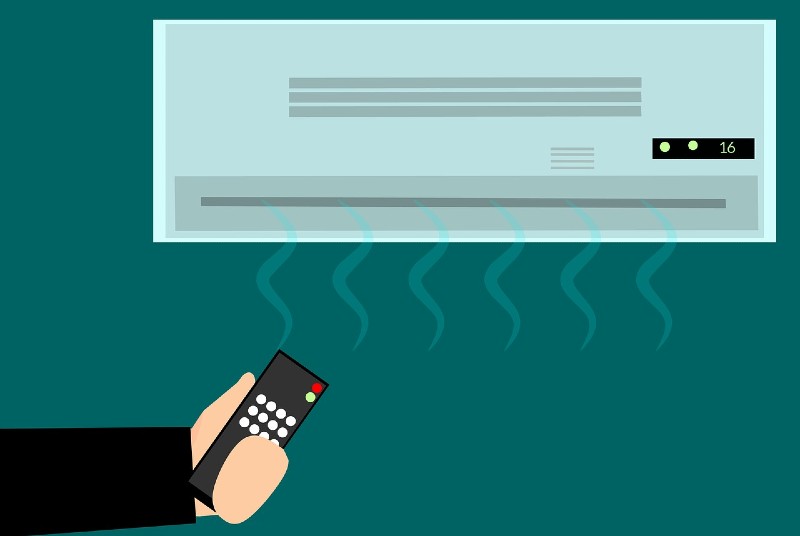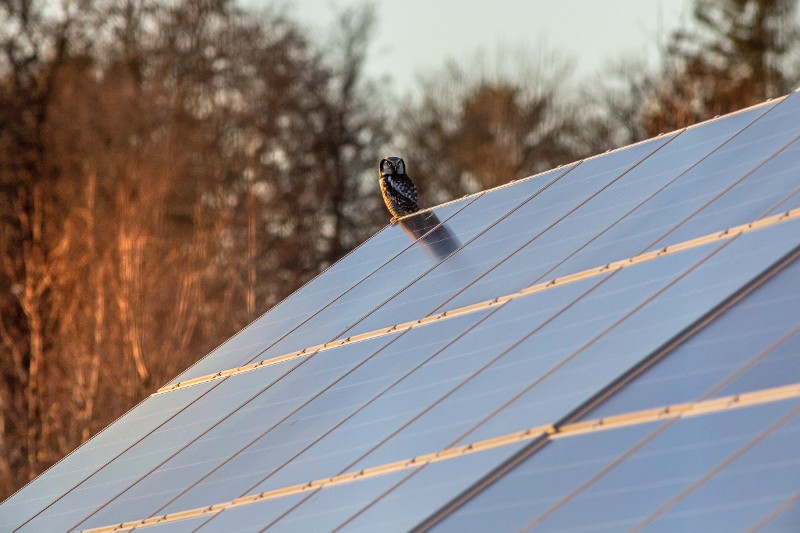In the bustling world of street food, where the aroma of freshly cooked meals fills the air, food trucks have become a symbol of culinary innovation and convenience.
But behind the scenes, running these mobile kitchens requires a significant amount of energy.
As we move towards more sustainable practices, an intriguing question arises: How many solar panels does it take to run a food truck?
We can say that, on average, 19 panels with a 300-watt capacity each might suffice for a typical truck.
However, this number can vary based on specific energy needs and geographic location.
So, in this article, I’ll walk you through the steps to calculate the precise number of solar panels your food truck would need.
Key Takeaways
- To calculate the number of solar panels, first assess your food truck’s daily energy usage by adding the wattage of all appliances and their operational hours.
- Determine your area’s peak sun hours to understand the potential solar energy you can capture.
- Compute your solar system’s theoretical size by dividing your daily energy needs by the peak sun hours.
- Adjust this theoretical size by about 14% to account for inefficiencies like inverter losses and shading.
- Divide the adjusted system size by your panel’s wattage to find the exact number of solar panels needed.
How to Calculate the Number of Solar Panels I Need to Run a Food Truck?
1. Calculate Your Food Truck Energy Consumption
The very first step in figuring out how many solar panels you’ll need for your food truck involves understanding your daily energy usage.
Let’s start with your equipment.
Each piece, whether it’s a fridge, grill, or lights, uses a certain amount of power, measured in watts.
You can find this information on a tag or in the manual for each appliance.
Then, think about how long you’re serving food each day.
The number of hours your truck operates affects how much energy you’ll need.
Now, to calculate your daily energy consumption, you can use this formula:
Daily Energy Consumption (kWh) = Total Wattage (W) × Hours of Operation (h)
Say the combined wattage of all your appliances is 5,000 watts and you operate for 6 hours a day, the calculation would be:
Daily Energy Consumption (kWh) = (5,000W × 6 h) / 1,000 = 30 kWh
Of course, this calculation gives you a ballpark figure of how much energy your food truck consumes in a day.
2. Find out Your Peak Sun Hours
The amount of energy your solar panels can generate depends a lot on how much sun they get, which isn’t the same at every moment or in every place.
Think about it like this: sometimes the sun is really strong, and at other times, it’s hidden behind clouds, or it’s just dawn or dusk.
For example, the power the sun gives off can change from 300W/m² to 1,000W/m² in a day.
So, when we talk about figuring out how many solar panels you need for your food truck, we use something called “peak sun hours.”
This term helps us average out the sunlight our panels will get.
It’s like saying, “On average, how many hours does the sunshine as if it’s giving out a steady 1,000W/m²?”
This makes our math a lot easier.
To find the peak sun hours for your area, you can look at special solar maps such as those provided by the National Renewable Energy Laboratory (NREL).
I live in Los Angeles, California, so I’ll use 6.04 peak sun hours for this example.
Related Article: What Is A Solar Water Heater And How It Works
3. Calculate Your Theoretical Solar System Size
After understanding your daily energy needs and the peak sun hours, the next step is to figure out the size of the solar system required to power your food truck.
To find the size of the solar system you need, the calculation would be:
Theoretical Solar System Size (kW) = Daily Energy Consumption (kWh) / Peak Sun Hours
Theoretical Solar System Size (kW) = 30 kWh / 6.04 hours ≈ 4.97 kW
But here’s the thing: this result is just theoretical.
We still need to factor in various inefficiencies, such as the inverter losses, shading on the panels, losses in wiring, and even the angle and cleanliness of the panels.
Related Article: How Much Voltage Can A Solar Panel Produce?
4. Factor in Solar System Losses
Even with the best calculations, a few things can dial down the power your panels will produce.
First on the list is the inverter efficiency.
This gadget is crucial because it turns the DC electricity from your panels into AC electricity, which powers all your food truck’s gear.
But here’s the catch: inverters aren’t perfect.
A bit of power is lost when converting the electricity, so we don’t get a 100% conversion rate.
Next up is shading.
Even a little bit of shade on your panels can cut down their energy production. It’s like when a cloud blocks the sun at the beach; you don’t feel as warm.
The same goes for your solar panels and the sunlight.
Then there’s the setup of your panels — their orientation and tilt.
If they’re not angled just right, they won’t get the maximum sunshine, which means less power.
And don’t overlook the wiring and connections.
Just like in any electrical system, energy can get lost, especially over longer distances.
So, considering all these potential hiccups, it’s wise to add about a 14% cushion to your system’s size.
This way, you’re covered, ensuring your food truck has enough power.
Here’s how we tweak the system size:
Adjusted System Size (kW) = Theoretical System Size (kW) × 1.14
Plugging in our numbers:
Adjusted System Size (kW) = 4.97 kW × 1.14 ≈ 5.67 kW
This adjusted size gives you a more accurate picture of the system you’ll need to keep your food truck powered up and ready to serve those delicious dishes.
5. Calculate the Number of Solar Panels
Solar panels come in various sizes, typically ranging from 250 watts to 400 watts per panel.
To figure out how many you’ll need for your food truck, you’ll use the adjusted system size we just calculated.
If you’re eyeing a specific panel size, this part is where you’ll apply that info.
Let’s say we’re using 300-watt panels.
To find out the number of panels, we can divide the adjusted system size by the wattage of one panel:
Number of Panels = Adjusted System Size (kW) / Panel Wattage (kW)
Number of Panels = 5.67 kW / 0.3 kW ≈ 18.9
Since we can’t install a fraction of a panel, we’ll round up to the nearest whole number.
So, in this case, we’d need 19 panels of 300 watts each to meet the energy needs of the food truck.
Related Article: Why Is Renewable Energy Important?
FAQs
What Is the Best Power Source for a Food Truck?
The best power source for a food truck varies by needs and location, but solar panels offer a sustainable, cost-effective option, especially in sunny areas.
How Many Solar Panels Do I Need Commercial?
The number of solar panels needed for commercial use is between 34 and 64, tailored to the business’s energy needs and the solar panels’ wattage.
How Many Solar Panels Do I Need for Cooking?
The number of solar panels needed for cooking depends on the appliances’ wattage and usage hours; calculate total energy consumption to estimate panel count.
How Many Solar Panels Required for 1,000 Units?
The number of panels required to generate 1,000 units (kWh) is about 10,000 panels of 100 watts each.
Conclusion
As promised, we’ve covered the essential steps to determine the number of solar panels needed to power a food truck sustainably.
But here’s the thing: each food truck is unique in its energy needs and operational patterns.
My advice?
Don’t just rely on averages and estimates.
Conduct a detailed energy audit of your food truck to understand your specific consumption.
Then, work closely with a solar energy expert who can provide a customized solution based on your truck’s location, design, and usage.






